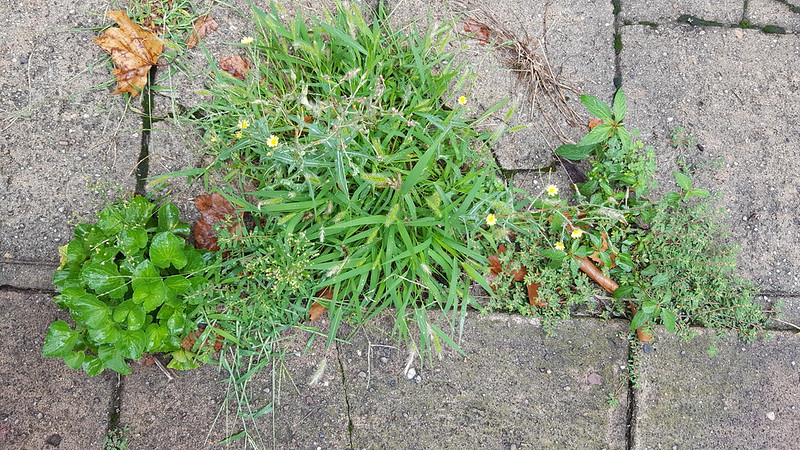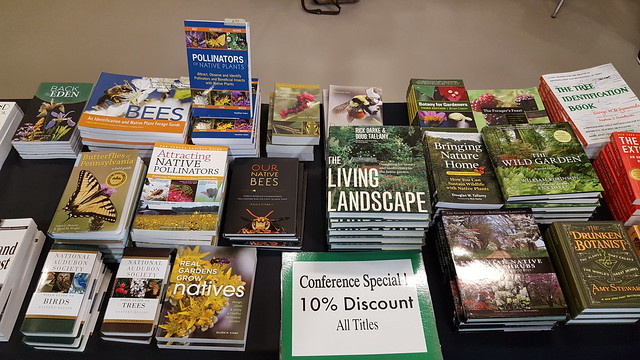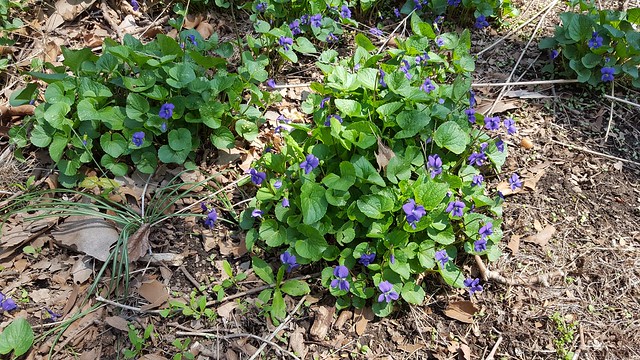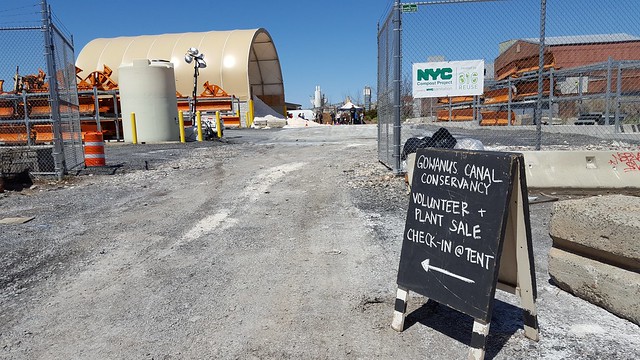- Restricting this list geographically is in keeping with my specialization in plants native to northeastern North America.
- There are many more tropical plants, and plant extinctions, than I can manage; for example, Cuba alone has lost more plant species than I've listed on this blog post.
If you have additions to this list, please let me know, and provide a link which I can research.
- Astilbe crenatiloba, Roan Mountain false goat's beard, Roan Mountain, Tennessee, 1885
- Narthecium montanum, Appalachian Yellow Asphodel, East Flat Rock Bog, Henderson County, North Carolina, before 2004?
- Neomacounia nitida, Macoun's shining moss, Belleville, Ontario, 1864
- Orbexilum macrophyllum, bigleaf scurfpea, Polk County, North Carolina, 1899
- Orbexilum stipulatum, large-stipule leather-root, Falls-of-the-Ohio scurfpea, Rock Island, Falls of the Ohio, KY, 1881
- Thismia americana, banded trinity, Lake Calumet, IL, 1916
Extinct in the wild (IUCN Red List code EW)
Extinct versus Extirpated
I often come across misuse of the word "extinct," as in: native plant extinct in New York City.- "Extinct" means globally extinct. No living specimens exist anywhere in the world, not even in cultivation.
- "Extirpated" means locally extinct, while the species persists in other populations outside of the study area. To correct the above example: extirpated in New York City. Any regional Flora lists many extirpated species.
Another category is "extinct in the wild," when the species still exists under cultivation, like an animal in a zoo. A famous example of this is Franklinia alatamaha.
Related Content
Extinct Plants of northern North America 2015, 2015-11-29Extinct Plants of northern North America, 2014-11-30
Links
Wikipedia: List of extinct plants: AmericasIUCN Red List: List of species extinct in the wild
The Sixth Extinction: Recent Plant Extinctions
Extinct and Extirpated Plants from Oregon (PDF, 5 pp)






